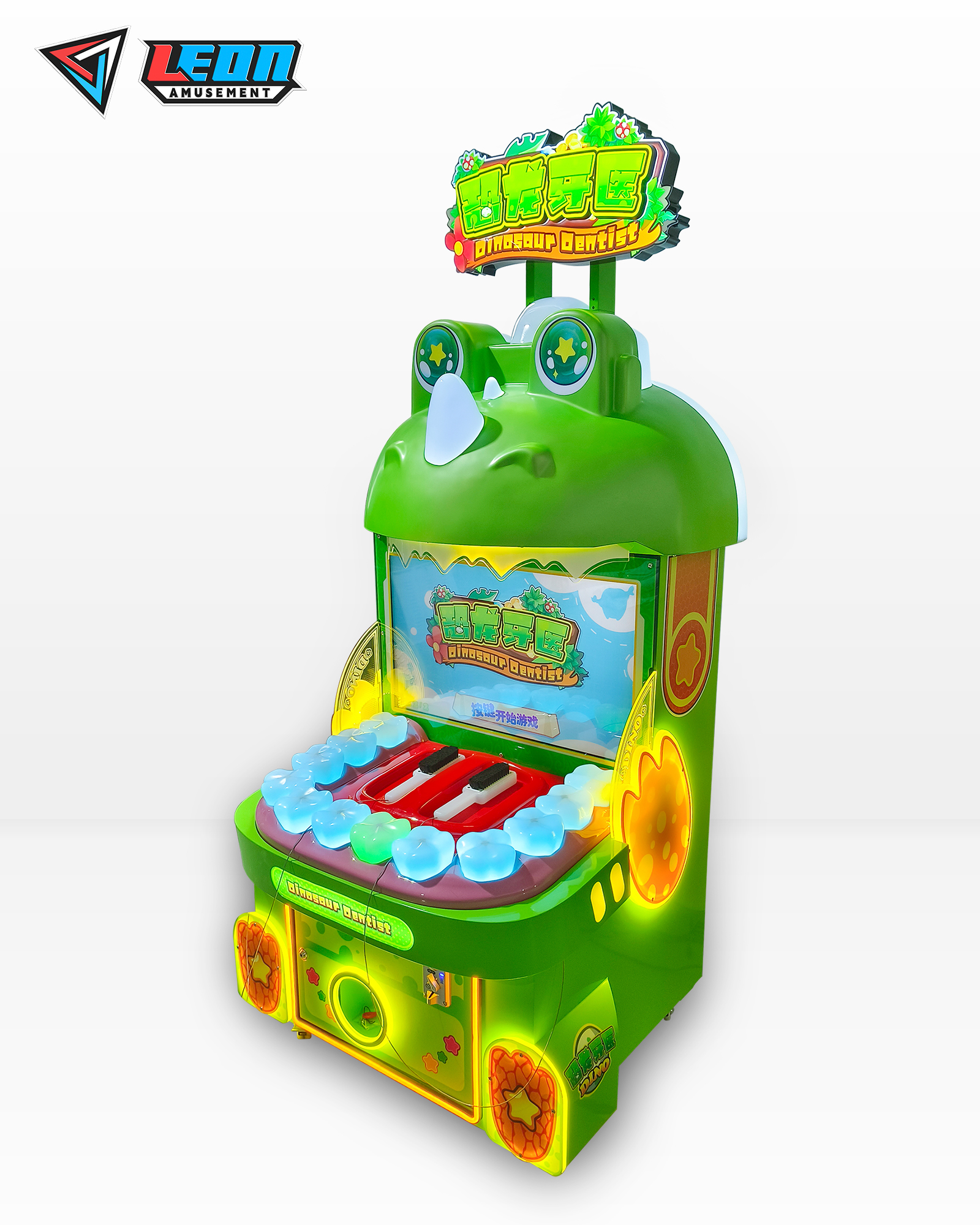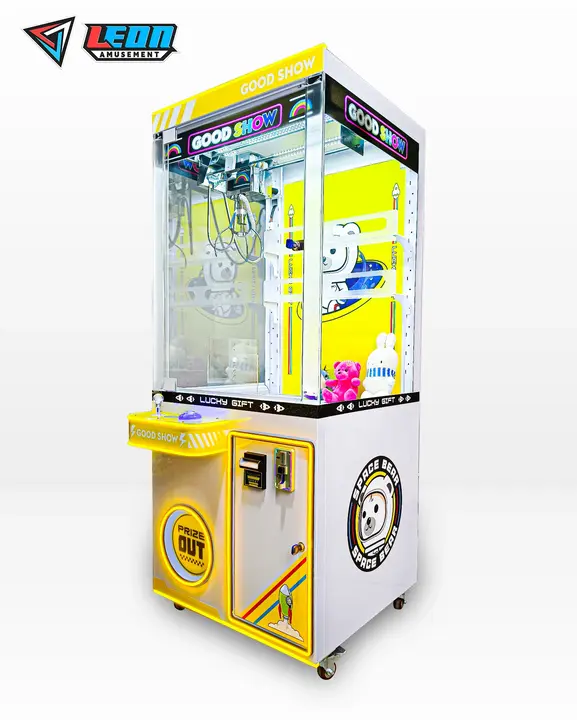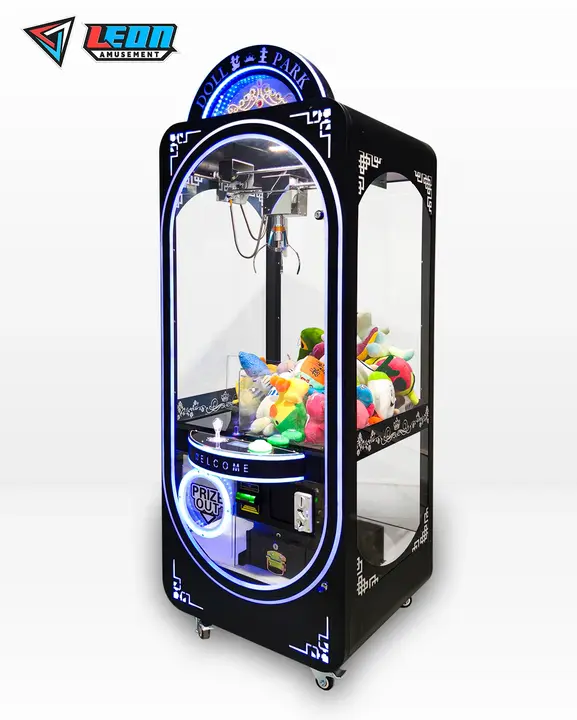Maintain vending game machines with monthly software updates, routine cleaning, annual electrical checks, and prompt mechanical repairs to reduce downtime.
Table of Contents
ToggleRoutine Cleaning
Cleaning Steps
The following are the steps to carry out a comprehensive cleaning exercise:
- Power down the vending machine: Before beginning any cleaning exercise, ensure that you safely power down the machine to avoid any electric hazards and disconnect it from the power supply.
- Clean the outside surface: Use a microfiber cloth to remove dirt or stains on the machines’ outer surface. In case of stubborn stains or smudges, such as those left by fingerprints, use a minimal amount of isopropyl alcohol and ensure that the cloth is not abrasive to the extent that it scratches the surface.
- Clean the inside surface: Use appropriate opening tools and other user instructions from the manufacturer to open the machine and vacuum the interior surfaces to remove dust or dirt. For electronic parts, use an air compressed gadget to blow off the dust in hidden corners.
- Clean coin mechanism: It is possible that the coin mechanism area is dirtier and could even cause interference with the game functionality when players insert coins. Remove dirt or soak the removable to retrieve them with a mild detergent, rinse, and dry.
- Screen maintenance: Use an electronic-friendly cleaning solution on a clean cloth and wipe off the screens to avoid the unattractive streaks.
- Rust and corrosion check: Check all metallic areas for corrosion or rust, and if present, apply a corrosion inhibitor.
Reassembly and Testing
Reassemble and test once the cleaning is done. Ensure that all components are assembled properly, and the power is reconnected to test run the machine before returning it to the players. Regular cleaning not only makes the vending machine attractive to the player as they shine and look more inviting but it is also preemptive in resolving issues that could otherwise culminate in expensive repairs or downtimes.

Electrical Safety Checks
Vending game machines could experience malfunctions due to a plethora of reasons, most commonly because of outdated wiring, overloaded circuits, and other possible electric hazards. To eliminate this possibility while also aligning operations with legal standards, a comprehensive electrical safety check should be conducted. These steps will help in the proper execution of the inspection:
- Safety First: Before any inspection is conducted, the first step is to ensure that the machine is disconnected from the power source. This can be actively confirmed with the voltage tester, as it will show if there is any live power going into machine components.
- Verify Wiring and Connections: Examine all the obvious wiring and connections for signs of fraying, weathering, or damage. Check that all wires are properly insulated and connected. Replace any damaged wires immediately to prevent short-circuiting.
- Check Continuity of Circuits: Typically, everything operates on electricity, and using a multimeter is a straightforward approach to ensure that power flows seamlessly throughout the length of the machine. This will also help to verify if there are any breaks or shorts in electrical circuits.
- Verify Proper Grounding: Determine that the machine is properly grounded. Proper grounding will direct electrical pass-through and provide a proper bypass of the excess electricity, which will prevent hardware from failing.
- Inspection Of Surge Protector: If the machine is connected to a surge protector, it is also worth checking. If the surge protector works, it effectively isolates the machine from sudden voltage spikes, which could be catastrophic.
- Recordkeeping: Finally, keep track of all the machines that were checked and recorded, as well as any modifications and replacements that were implemented as a result. Such information will help in future tracking of issues and potential root causes.
- Keep a regular inspection schedule: Last but not least, it is a good idea to establish a routine, frequency depending on usage and preservation, especially given the erratic nature of electrical environments, in which case weekly or even daily office machine checks might be recommended.
Software Updates
Software update is essential to effective performance, security, and player experience on the vending game machines. It also improves the safety and the security risks inherent in running outdated OS and game systems. Here is a guide to software update for your vending game machines.
The Need for Updates
The vending machine uses algorithms, and these might have been enhanced in subsequent versions to improve interaction and processing.
Update Scheduling
Establish a schedule of when to check updates that can be monthly or quarterly in the vendor update release cycle. The program scheduling ensures that no plenty of software are running that is more likely to have bugs.
Update Implementation
Ensure the machine usage is at minimal during the routine, which might be late at night or early in the morning. This will reduce the risk of inconveniencing players if an update is going wrong.
At any given time, before running an update, ensure that you have a backup of current software settings and data; this will ensure that you restore your machine to the currently running state before running an update that might fail.
Post-Update Procedures
Test all the machine posture to check out to have any misinterpreted side effects by the update that can be from play to pay and vending. Collect and document every stage of your machine post-update recording including the version and the date of updates, respectively monitor how it runs post-update to gather bug if any. If the fault persists, consider rolling your update to the vendor.

Mechanical Repairs
Mechanical Repairs for Vending Game Machines
Effective mechanical repairs are vital for the long life and reliability of vending game machines. Unresolved mechanical issues can result in machine downtime and loss of revenue. The following is a comprehensive manual on how to resolve the common mechanical issues associated with the game machines.
Identifying Common Mechanical Problems
- Regular inspection: schedule for regular inspection of the vending machines to detect potential mechanical issues. Common areas to focus on the joystick, buttons, and coin mechanisms since these are the parts prone to tear and wear.
Preparation of tools and parts
- Stock essential parts: purchase the essential spare parts for the vending machine, predominantly based on the history of commonly replaced items. Such items may include springs, screws, and electrical connectors that easily wear out.
Step-by-Step Repair Process
- Follow manufacturer guidelines: refer to the manufacturer’s repair manual when conducting replacements or repairs. This ensures that repairs are conducted and parts replaced correctly, hence potential damage to the existing warranty.
- Document each step: in complex repairs, ensure you document each step during the disassembly since the documentation is essential and will assist in the reassemble of the parts and ensure all the parts are installed on the machine.
Testing and Quality Assurance
- Test thoroughly: after completion of the repairs, test the work done on the game machine or any other mechanical component. For instance, the coin mechanism and control should be tested to ascertain if they respond effectively.
- Implement a quality assurance process: introduce a process where the repairs are reviewed and tested by another technician to ensure the repair meets the required standards for optimal machine performance.



